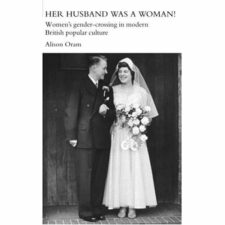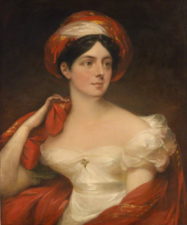In September 1809 Anne Hart Gilbert and her sister Elizabeth opened a Methodist Sunday school (the first in the West Indies) at the naval centre of English Harbour, Antigua, which was willing to teach both slave and free children. Anne was particularly in charge of the girls’ section. The Hart sisters were women of colour (both their parents were of mixed race, and their father himself owned slaves) who took leadership roles in their Caribbean community during the early nineteenth century. They founded and ran other schools too (employing the very latest child-centred methods) at a time when teaching slaves was so much frowned upon that missionaries were advised not to do it if they wished to make converts. They founded a Female Refuge Society. Anne was also an author. She destroyed most of her writings, which were religious in tone and presumably seen by her as private. Those still extant and available in print in Moira Ferguson’s book about the sisters include a history of Methodism (and of slavery) on the island of Antigua (contained in a letter), a memoir of her husband which she apparently intended for publication. Her slave narrative remains unpublished.
Both sisters married white men. But even before her marriage Anne had roused the disapproval of local white society by working to improve the lives of black labourers, especially women and children. Her husband, John Gilbert, a baker, had also drawn the anger of his own race by calling slaves his brothers. He was at first refused a marriage licence for his wedding with Anne Hart, and clergymen declined to perform the ceremony. The Governor of Antigua said he had basely degraded himself. (John later pointed out in his autobiography that if he had seduced and degraded Anne instead of wanting to marry her, white so-called Christians would have thought he “acted quite properly.”) After their wedding the various “indignities” visited on them by racist ideologues included coming home to find the door of their house painted half white, half yellow. They seem to have had a very happy marriage nevertheless, though it was childless.
This information is provided by Dr Isobel Grundy, University of Alberta, and comes from Orlando: Women’s Writing in the British Isles from the Beginnings to the Present, Cambridge University Press, by subscription: see http://orlando.cambridge.org.

